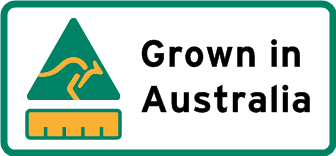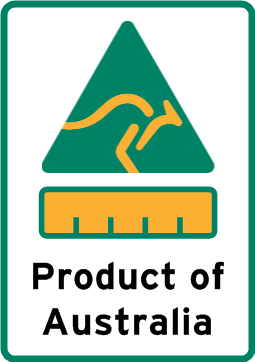Before you buy a product you're entitled to a minimum amount of information. This can mean different things depending on the type of product:
- care and cleaning instructions for clothing
- ingredients or components used to make a particular product
- information about where a product was made.
Under the Australian Consumer Law, information standards regulate the type and amount of information provided to consumers about the goods they may be buying.
Care labelling
Care labelling outlines how a user should care for a particular item of clothing or textile product. The label provides information on what to do and what not to do when cleaning or caring for the product.
Importance of care labelling
Care labelling is required to provide consumers with enough information to:
- know how to care for clothing and textile products
- have prior knowledge of costs, such as dry cleaning, in the ongoing care of clothing and textile products
- understand how to clean clothing and textile products properly, for example, cold hand wash only
- maximise the useful life of clothing and textile products
- avoid damage such as dyes running, for example, wash separately.
For further information about care labelling for clothing and textiles, check out the Product Safety Australia website.
Food labelling
The Food Standards Code includes general labelling and information requirements about all foods, and sets out which requirements apply in different situations:
- suppliers must label food products with accurate weights and measures information
- ingredients must be listed in descending order (by ingoing weight)
- labels must be legible, prominent, distinct from the background, and in English
- food must be labelled with an accurate name or description that indicates the true nature of the food
- most packaged foods have to carry labels which show the percentage of the key or characterising ingredient in the food – this allows you to compare similar products
- all food must be labelled with the contact details of the food supplier
- most food sold in Australia must be accompanied by information stating where the food comes from (the country of origin). See below for more information about this requirement.
For further information, Food Standards Australia/New Zealand has labelling information for consumers under the Code.
Country of origin labelling
A business must not make false or misleading representations about the country of origin of goods. A representation can include words, a picture, or both.
Grown in
A business can claim a product was 'grown in' a certain country if:
- each significant ingredient or significant component of the product was grown in that country, and
- all, or virtually all, production or manufacturing processes happened in that country.
Produce of
A business can claim a product is 'produce of' a certain country if:
- each significant ingredient or significant component of the product originated in that country, and
- all, or virtually all, production or manufacturing processes happened in that country.
Made in
A business can claim a product was 'made in', 'manufactured in', or make another origin claim if:
- the goods were last substantially transformed in that country, and
- the claim is not a 'grown in', or 'produce of' claim.
A 'substantial transformation' means that the product undergoes a fundamental change in identity, nature or essential character from all of their ingredients or components, for example, manufacturing flour from wheat.
Country of origin food labels
Most foods sold in Australia must display country of origin labels.
The labels may be on food packages or in-store signage for foods such as fruit and vegetables. The type of label required depends on the category of food, whether it's packaged or not, and whether it was grown, produced, made or packed in Australia or another country.
Most foods produced, grown or made in Australia need to display a label with:
- the kangaroo in a triangle system
- a bar chart showing the minimum proportion of Australian ingredients by ingoing weight, shown as a percentage
- a text statement indicating that the food was grown, produced, or made in Australia.
Food packaged and labelled on or before 30 June 2018 can still be sold without the new labels.
The key country of origin claims mean different things.
Grown in is a claim about where the ingredients come from. This claim is commonly used for fresh food, but can also be used for multi-ingredient products to show where the food was grown and processed.

Produced in is a claim about where the ingredients come from and where processing has occurred. This claim is often used for processed foods.

Made in is a claim about the manufacturing process involved in making the food.

When a food has not been grown, produced or made in a single country, it must have a label identifying the country it was packed in.

Ownership claims
Some foods include claims on their labels such as 'Proudly Australian owned' or '100% Australian owned'. These statements are about the ownership of the company - they don't tell you where the product was made or where its ingredients came from.

